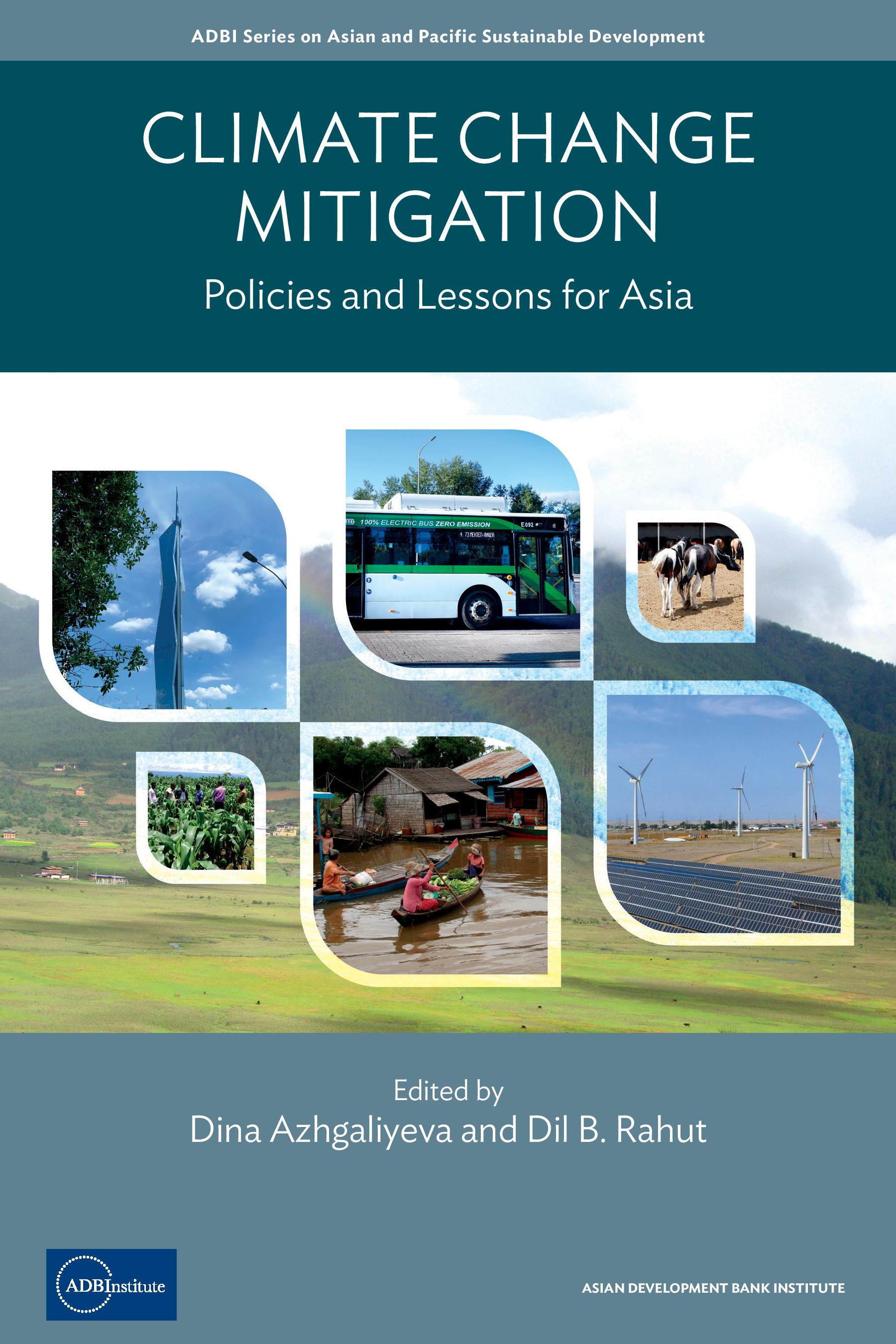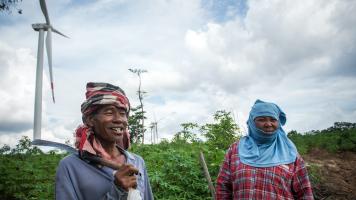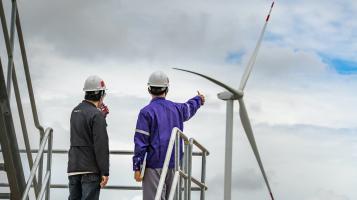Climate Change Mitigation: Policies and Lessons for Asia
This publication highlights evidence-based approaches for advancing decarbonization across sectors.
Asia and the Pacific accounts for over 50% of the world’s total greenhouse gas emissions, driven by rapid economic growth and energy consumption in developing countries. Far-reaching efforts are urgently needed to reduce the region’s emissions and realize a 1.5°C temperature drop required to fight climate change and associated threats to sustainable development, particularly in highly polluted cities.
Many governments have pledged to meet net zero carbon emissions by around midcentury, but action to transform energy markets alone will not be enough. Measures to promote the decarbonization of the transport, buildings, agriculture, and other sectors must also be taken forward to successfully achieve emissions reduction targets.
This publication highlights evidence-based approaches for advancing decarbonization across sectors. It offers timely insights for policy makers and scholars seeking to better understand the region’s climate change mitigation challenges, policy approaches for fostering emissions breakthroughs, and the sustainable development implications.
Contents
- Executive Summary
- Part I: Energy Sector: Transition toward High Renewable Energy Penetration
- Part II: Buildings: Promoting and Financing Demand-Side Energy Efficiency
- Part III: Transport Sector: Promoting Cleaner Transportation
- Part IV: Decarbonizing through the Agriculture Sector
- Part V: Carbon Pricing
Published November 2022.



